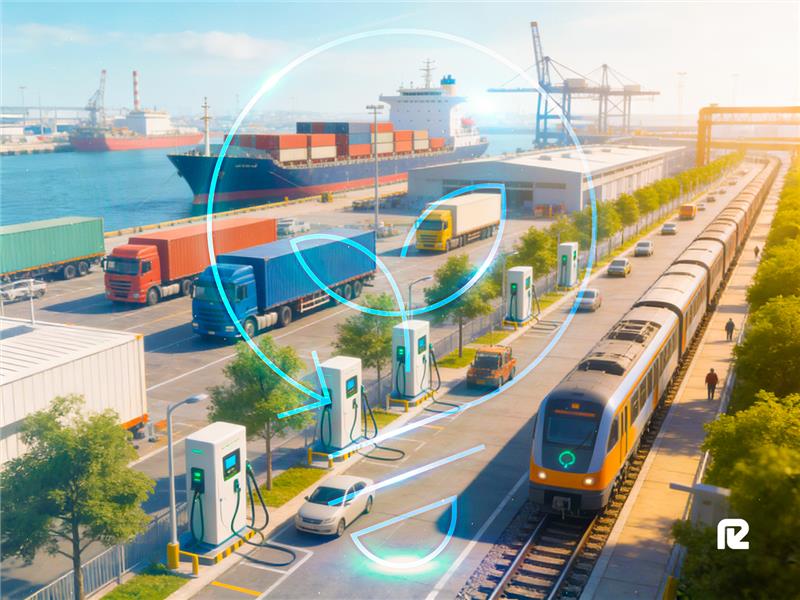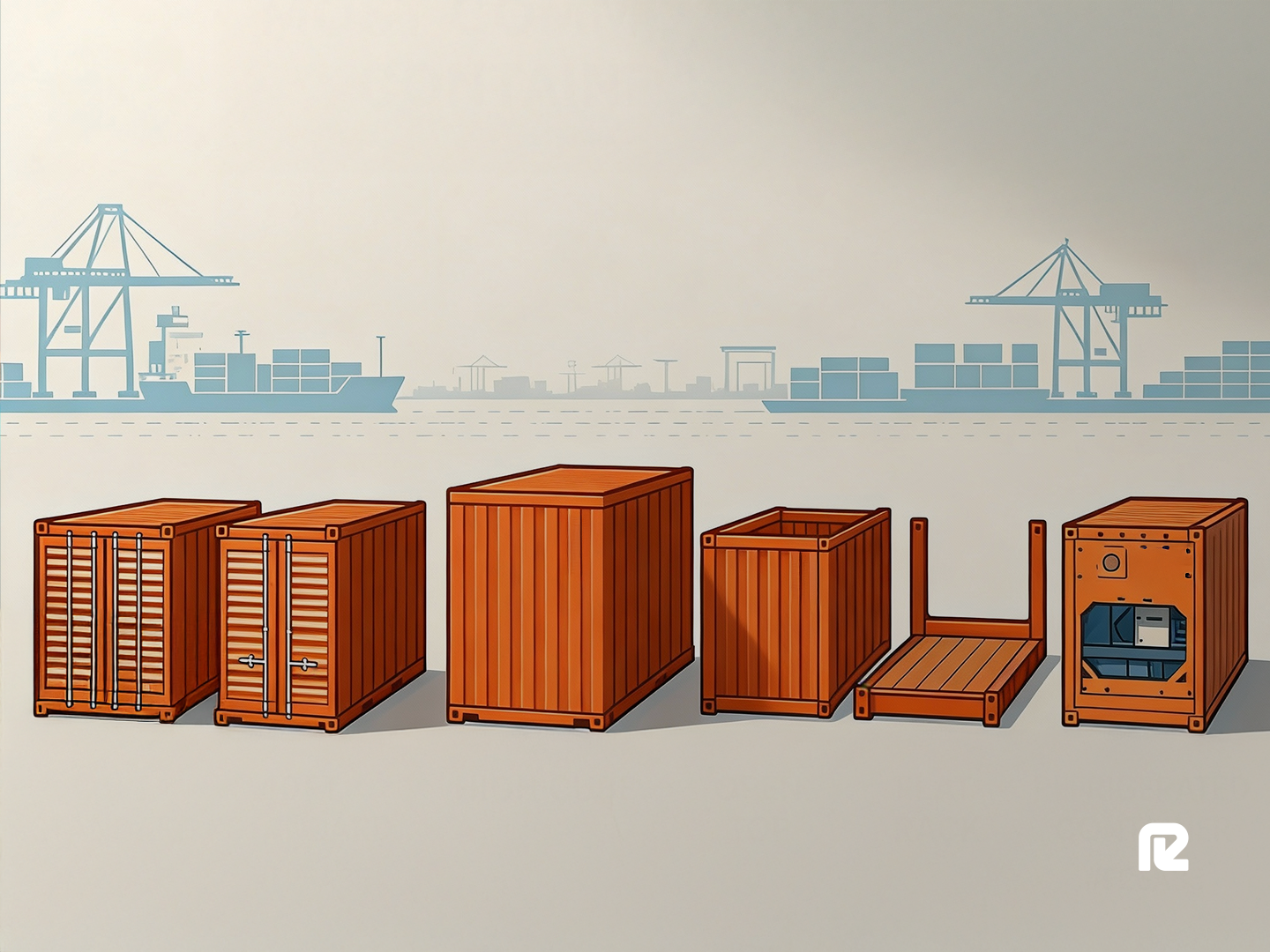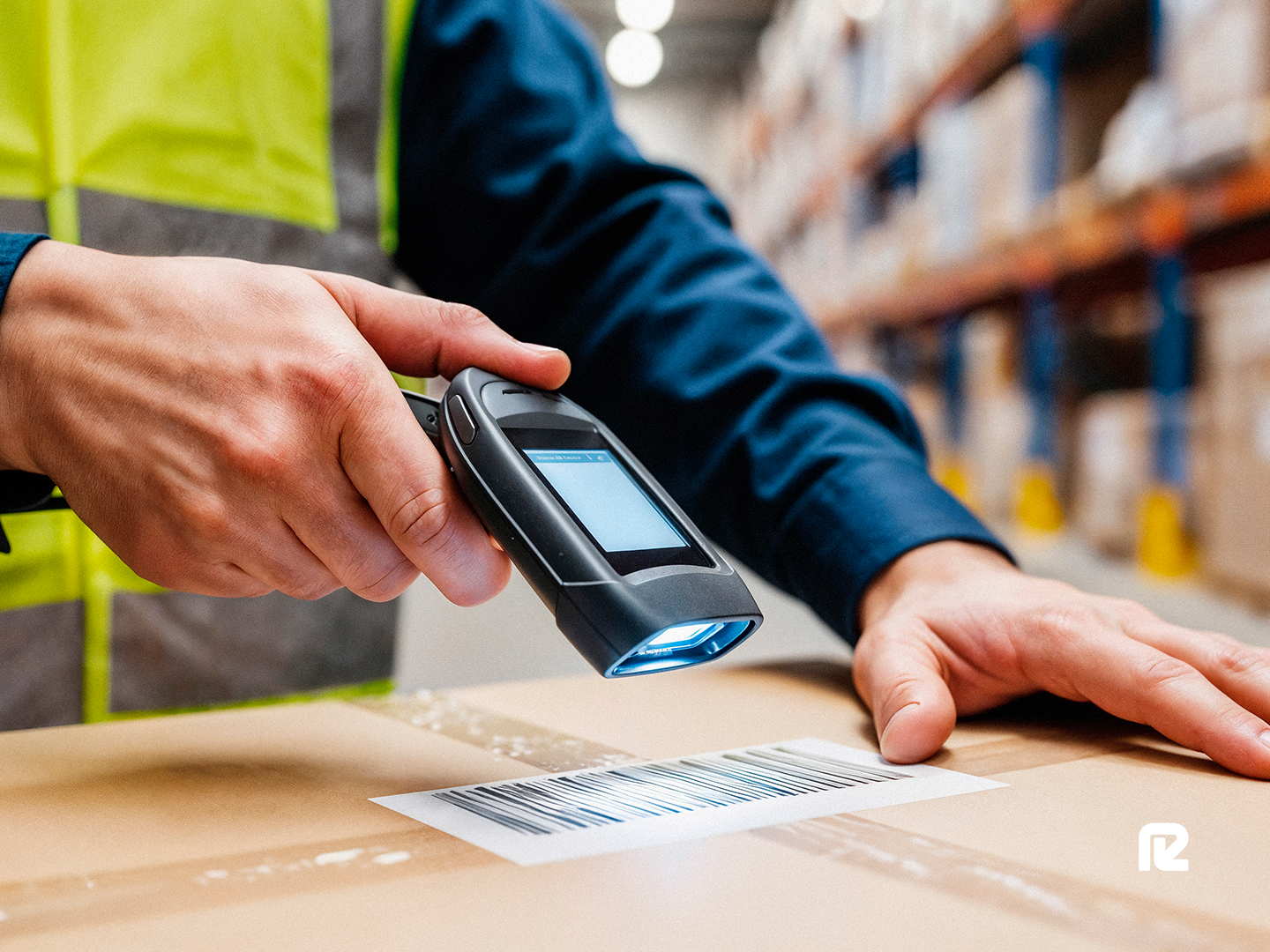3PL Logistics and Freight Forwarding: A Beginner's Guide


Whether you're managing supply chains or manufacturing operations, understanding key logistics terms like "third-party logistics” (3PL) providers and freight forwarders can make all the difference. This is especially true as navigating the logistics world can feel overwhelming when aiming to move products efficiently and cost-effectively.
These two services may sound similar at first, but they serve different roles in your supply chain. Choosing the right one will affect your delivery timelines, customer satisfaction, and even profit margins. Throughout this article, we’ll unpack what they do and how to decide which is right for your business.
What is Third-Party Logistics (3PL)?
Third-party logistics, or 3PL, refers to outsourcing logistics operations such as warehousing, inventory handling, order fulfillment, and deliveries to a specialized service provider. Instead of building a logistics infrastructure from scratch, you tap into someone else's, acting as an external logistics department.
Here’s a simple way to think about it:
· You are the first party.
· Your customer is the second party
· The logistics partner managing everything in between? That’s the third party.
Modern third-party logistics companies offer integrated software solutions for real-time inventory tracking, automated order processing, and even customer support. In many cases, they become so embedded in your operations that they act like an extension of your team, giving you more time to focus on core projects like product development or marketing.
3PL vs. Freight Forwarder: What’s the Difference?
Let’s break it down:
Scope of Services: Third-party logistics providers manage storage, picking, packing, and shipping, essentially running backend logistics. Freight forwarders focus on transportation coordination, customs clearance, and documentation management, basically moving goods from point A to point B without handling storage or fulfillment.
Integration Level: 3PL providers integrate deeply within systems and often represent a company's brand directly to their customers. Freight forwarders work more like contractors, handling specific shipments without ongoing operational integration.
Geographic Focus: Freight forwarders shine in international shipping and customs navigation. 3PLs usually operate within a region or country but are increasingly offering global solutions too.
How Does Order Fulfillment Differ Between a 3PL and a Freight Forwarder?
The order fulfillment process reveals fundamental differences between these logistics models.
With third-party logistics:
When an order comes in, the 3PL provider automatically receives the order details, often through integrated systems. Once the order is in, their warehouse staff pick the items from the inventory they’re storing, package those products according to specific brand requirements, and organize shipping directly to the customer. Both the company and the customer often receive tracking emails throughout the delivery journey, while the third-party logistics provider will handle any returns, exchanges, or shipping-related inquiries.
Freight Forwarder Order Fulfillment:
Freight forwarders focus more on transportation and documentation management rather than warehousing. When shipping products, you deliver them to the freight forwarder or arrange pickup. They handle customs documentation and coordinate with carriers (airlines, shipping lines, and trucking companies) to get your cargo where it needs to go smoothly. On top of this, they manage the complex logistics of moving goods through borders and across long distances. The business maintains control over inventory and any customer inquiries.
The key difference: Third-party logistics providers integrate into a business's daily operations, while freight forwarders are shipping experts that handle specific shipping transactions as needed, especially across borders.
Core Responsibilities: Freight Forwarder vs. 3PL Provider
A quick wrap-up of the main responsibilities:
Freight Forwarder:
· Coordinates shipping by land, sea, air, or rail
· Manages customs documentation and compliance
· Finds optimal shipping routes based on cost and timing
· Secures insurance and manages risk for international cargo
· Handles cross-border logistics and regulatory hurdles
3PL Logistics Provider:
· Manages inventory and warehouse storage
· Fulfills and ships customer orders
· Provides order tracking and customer support services
· Offers analytics for demand forecasting and supply chain efficiency
· Often provides value-added services like kitting or packaging
Challenges Faced by 3PL Logistics and Freight Forwarder Companies
Both 3PLs & freight forwarders navigate complex operational challenges affecting service quality. Here are some key challenges that both may face:
Technology Gaps can be a challenge for both these provider types, as modern logistics demands seamless integration with client systems. 3PLs often work with many different clients and software systems, making integration a challenge in itself. Whereas freight forwarders juggle carrier systems, customs protocols, and international regulations, which can complicate digital processes.
Capacity Management in regard to warehouse space, staffing, and equipment can be tight for third-party logistics providers, especially during seasonal spikes. These peak seasons can also affect freight forwarders who need to deal with carrier capacity constraints when space becomes scarce and rates increase.
Regulatory Compliance and international shipping regulations are constantly evolving. Freight forwarders must stay ahead of changing customs requirements and trade agreements. For 3PLs, compliance includes everything from local labor laws to product safety requirements.
Pros and Cons of Using a 3PL for Your Business
Benefits:
· No need to build your own logistics infrastructure
· Scales with your business during growth or seasonal demand
· Shared resources can lower fulfillment and shipping costs
· Easier to enter new markets without setting up local warehouses
Drawbacks:
· Less direct control over your operations
· Integration with your systems may take time and investment
· For businesses with predictable, steady volumes, long-term costs could exceed in-house solutions
Pros and Cons of Using a Freight Forwarder Company for Your Business
Advantages:
· Deep expertise in global shipping and customs compliance
· Access to global carrier networks and negotiated shipping rates
· Strong risk mitigation with professional insurance, packaging, and documentation support
Challenges:
· Doesn’t handle fulfillment or warehousing
· Relies on other systems or partners for customer service, inventory management
· Service levels may vary depending on the carrier relationships or peak seasons
Cost Considerations: 3PL vs. Freight Forwarding
3PL Cost Structure:
Pricing usually includes warehousing fees (per pallet or square foot), fulfillment charges (per pick/pack), and shipping costs. Some third-party providers also charge setup and integration fees.
To manage these costs to keep them as low as possible:
· Optimize your packaging to reduce shipping fees
· Forecast demand accurately to avoid storage overages
· Take advantage of volume-based pricing
Freight Forwarder Cost Structure:
Costs generally depend on shipment size, distance, mode of transport, and documentation services. Forwarders typically charge per shipment, which is ideal for businesses with unpredictable or infrequent shipping needs.
You can manage costs by:
· Consolidating shipments
· Booking in advance
· Ensuring paperwork is accurate to avoid customs delays or penalties
When should you choose a Freight Forwarder?
If your business regularly ships internationally or handles oversized, time-sensitive, or regulated cargo, then a freight forwarder is a smart move. Businesses gain access to a global network, help with customs, and peace of mind knowing someone is steering the shipment through all the complex and time-consuming red tape.
This is especially useful for exporters and importers who want to maintain control of inventory and customer service while outsourcing the shipping complexity side of things.
When should you choose a 3PL Logistics Company?
For fast-growing companies, 3PLs offer a full-service logistics solution and are ideal when your order volumes are rising and you need warehousing, fulfillment, and shipping under one roof.
If the aim is to focus more on your product and less on logistics, a third-party logistics partner can provide immediate scale and expertise.
Reload Logistics - Choosing the Right Logistics Partner
Deciding between a 3PL and a freight forwarder doesn’t always mean choosing one over the other. Many companies use a hybrid approach, employing freight forwarding for international cargo and third-party services for domestic warehousing and fulfillment.
That’s where Reload Logistics comes in. We offer both services under one roof, tailored to the challenges of Southern Africa’s dynamic trade environment.
Our team understands the nuances of industries like agriculture, mining, and commodities and is here to simplify your supply chain from end to end.
Set up a meeting to discuss how we can help with your logistics needs.
Categories






